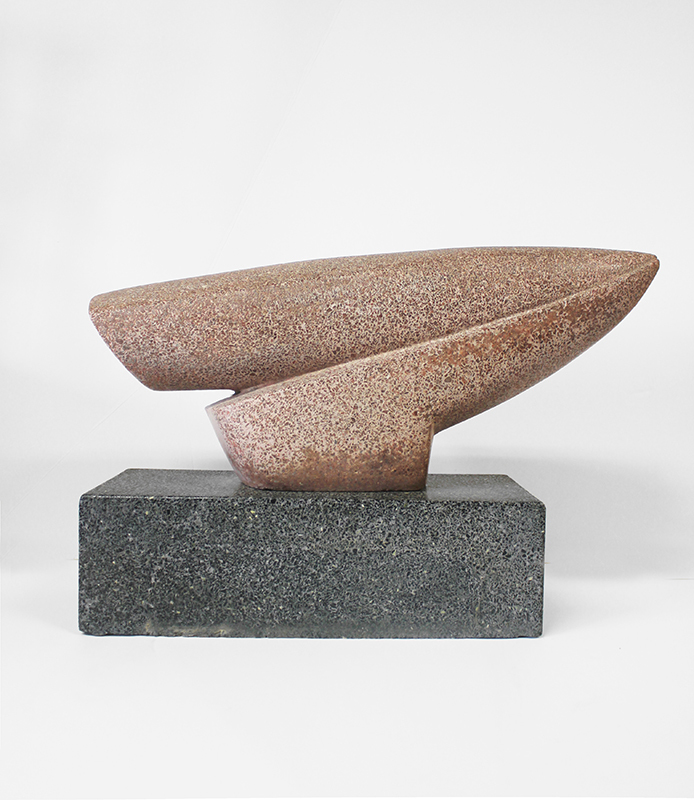
19th, 20th & 21st Century Fine Prints
707-546-7352 · fax 707-546-7924 · web: www.annexgalleries.com · email: artannex@aol.com
Force by Sargent Claude Johnson





Force
Sargent Claude Johnson
Force
Sargent Claude Johnson
1887 - 1967 (biography)Diorite is a medium to coarse-grained intrusive igneous rock that commonly is composed of about two-thirds plagioclase feldspar and one-third dark-coloured minerals, such as hornblende or biotite. ... Many diorites are truly igneous, having crystallized from molten material (magma).
Johnson used natural or crushed diorites he found at the Big Sur coast and, in this case, cast it to create this sculpture. The subject is created from a reddish colored diorite and the base cast from a black-specked gray diorite.
Sargent Claude Johnson was born on 7 October 1887 in Boston, Massachusetts. He was the third of six children born to Anderson Johnson of Swedish ancestry and Lizzie Johnson of African American and Cherokee ancestry. After the second of his parents died in 1902, Sargent was sent to live with his maternal grandparents before being placed in an orphanage in Worcester, Massachusetts.
His early studies were at the Worcester Art School in his home state. In 1915, Johnson traveled to San Francisco to attend the Panama Pacific International Exposition and decided to remain in California. He enrolled at the Arthur W. Best Art School and continued his studies at the California School of Fine Arts where he was a pupil of Ralph Stackpole and Beniamino Bufano. During the 1930s, Johnson served as a supervisor for the Federal Art Project. He created a number of lithographs under the FAP but some of his most important works during this time were Sea Form Marquee frieze of incised green slate on the exterior of the building and the mosaic murals on a promenade deck of the Aquatic Park Bathhouse (now the Maritime Museum) in San Francisco. Johnson lived for a time in Berkeley and taught at Mills College until 1948.
Johnson exhibited at the San Francisco Art Association Annuals, the Harmon Foundation National Exhibitions for black artists, the San Francisco Museum of Art, the Albany Institute of History and Art, as well as at the 1939 Golden Gate International Exposition and New York World’s Fair. Although he created in various media, his subjects centered upon the African American. Johnson is considered one the stellar artists of the Harlem Renaissance and he received the Harmon Foundation award for distinguished achievement among African Americans for the Fine Arts three times.





